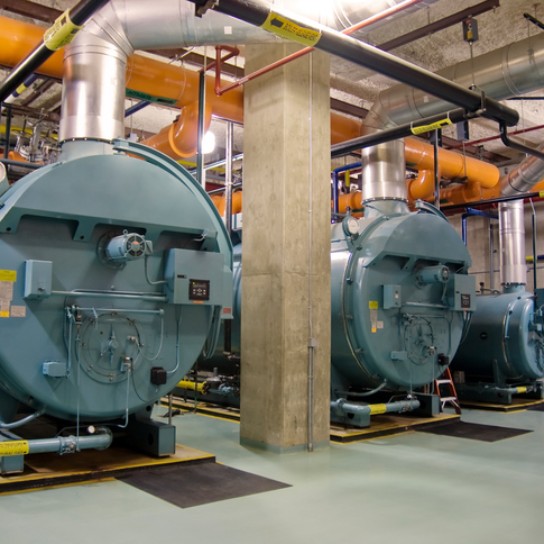poly aluminium chloride uses in water treatment
Poly Aluminium Chloride A Versatile Agent in Water Treatment
Water is one of the most essential resources on our planet, and ensuring its purity and safety is a priority for communities and industries alike. Various methods and chemicals are used to treat water, and one such effective compound is Poly Aluminium Chloride (PAC). This article explores the uses, benefits, and applications of PAC in water treatment processes.
What is Poly Aluminium Chloride?
Poly Aluminium Chloride is an aluminum-based coagulant that has gained popularity in the field of water treatment due to its effectiveness and efficiency. It is a white or yellowish powder that is soluble in water. Unlike conventional aluminum salts such as aluminum sulfate, PAC has a higher charge density, which allows for better performance in various water treatment situations. It is produced through the reaction of aluminum hydroxide with hydrochloric acid, leading to the formation of a polymer compound that exhibits unique properties beneficial for the coagulation process.
Key Uses of PAC in Water Treatment
1. Coagulation and Flocculation The primary use of PAC in water treatment is as a coagulant. Coagulation is the process of destabilizing suspended particles in water, leading to their agglomeration into larger clusters known as flocs. PAC effectively binds with these particles, allowing them to settle and be removed from the water. This process is essential for the removal of impurities such as dirt, organic matter, and microorganisms.
2. Drinking Water Preparation One of the crucial applications of PAC is in the treatment of drinking water. Municipal water treatment facilities use PAC to enhance the removal of turbidity and contaminants, ensuring that the water meets safety and health standards. The efficiency of PAC in achieving low turbidity levels makes it a preferred choice in treatment facilities across the globe.
3. Wastewater Treatment In addition to drinking water, PAC is widely used in wastewater treatment plants. Its ability to remove heavy metals, phosphorus, and other pollutants makes it extremely valuable in treating industrial wastewater. By incorporating PAC into treatment processes, facilities can achieve significant reductions in harmful substances, promoting environmental sustainability and compliance with regulations.
4. Paper and Pulp Industry The paper industry also utilizes PAC for water treatment. During pulp and papermaking, water is often contaminated with various substances. PAC helps in removing these contaminants, improving the quality of water that is recycled back into the production process. This use not only enhances the environmental sustainability of the industrial procedure but also contributes to cost savings.
poly aluminium chloride uses in water treatment

5. Textile and Dyeing Industries In textile manufacturing, PAC is used to treat water before it is reused in dyeing processes. The dyeing process can result in significant water pollution, and PAC helps in coagulating the colorants and other chemicals used, thereby ensuring that the water is treated before it is discharged back into the ecosystem.
Advantages of Using PAC
The use of Poly Aluminium Chloride in water treatment comes with numerous advantages
- Increased Efficiency PAC is known for its rapid coagulation capabilities, which lead to faster processing times compared to other coagulants. This efficiency is particularly beneficial in large-scale water treatment operations where time is of the essence.
- Lower Dosage Requirements Due to its higher charge density, PAC often requires lower doses than conventional coagulants, translating to cost savings and reduced sludge generation.
- Versatility PAC is effective in a variety of conditions, including different pH levels and water turbidities. This adaptability makes it suitable for diverse applications in both drinking water and wastewater treatment.
- Environmental Friendliness PAC produces less residual sludge compared to traditional coagulants, simplifying sludge management processes and minimizing environmental impact.
Conclusion
In conclusion, Poly Aluminium Chloride plays an integral role in the water treatment sector. Its effectiveness as a coagulant ensures that water is purified for various uses, from drinking water to industrial applications. As the demand for clean water increases globally, the importance of PAC in maintaining water quality and promoting environmental sustainability will undoubtedly continue to grow. Through its multifaceted applications and benefits, PAC stands out as a critical component in modern water treatment practices.
-
Understanding Polycarboxylic Acids: Properties, Applications, and Future PotentialNewsJul.28,2025
-
Scale Inhibitor Explained: How to Protect Your System from Limescale and Hard Water DamageNewsJul.28,2025
-
Scale and Corrosion Inhibitors: Essential Chemicals for Industrial Water System ProtectionNewsJul.28,2025
-
Polyaspartic Acid: A Biodegradable Polymer for Sustainable ChemistryNewsJul.28,2025
-
Isothiazolinones: A Versatile Antimicrobial Class with Industrial Power and Regulatory ChallengesNewsJul.28,2025
-
A Deep Dive into 2-Phosphonobutane-1,2,4-Tricarboxylic Acid (PBTC)NewsJul.28,2025





